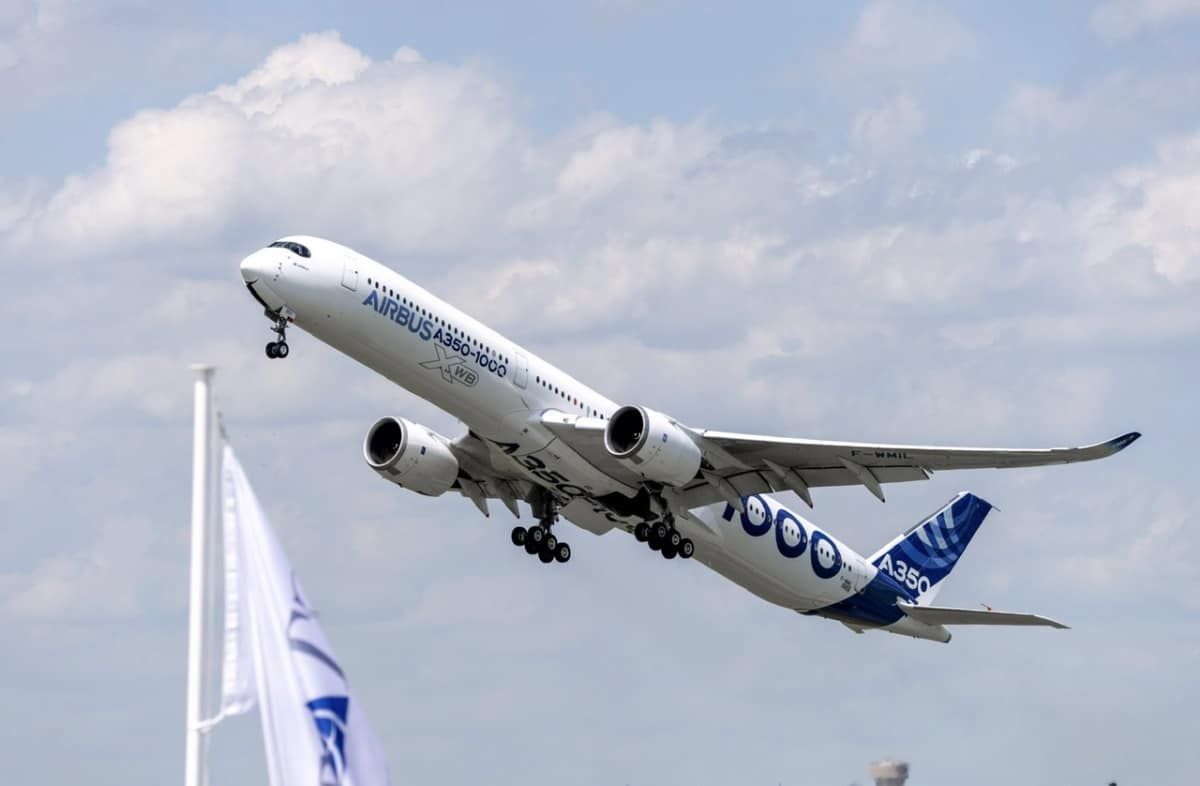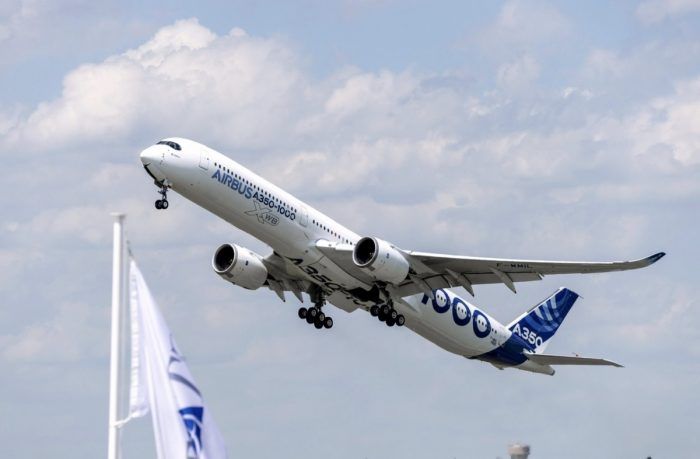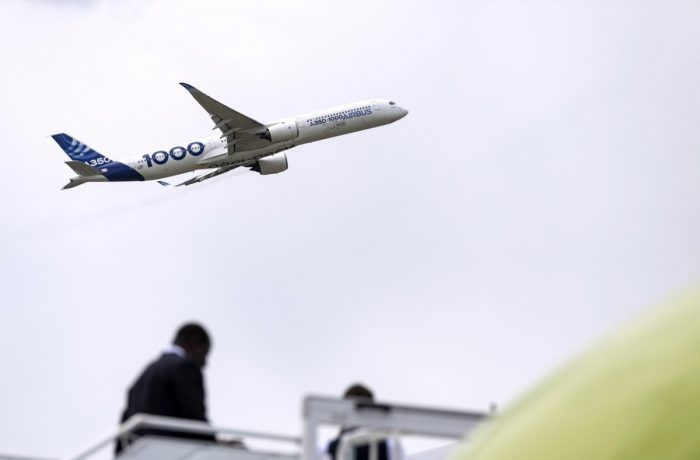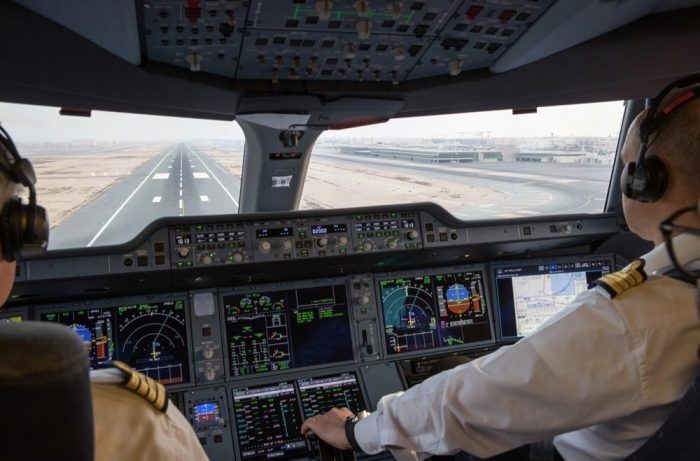Today, Airbus shared a revolutionary demonstration of one of its A350-1000s taking off automatically. The aircraft departed its runway by using a vision-based automated system.
Milestone achievement
The initial testing of this system was carried out at Toulouse on December 18. However, the manufacturer has now shared a video of the process in action on its Twitter account.
An aircraft that can take off by itself thanks to technology alone? Our #ATTOL demonstrator project recently proved just that! Learn how autonomy helped to make it happen: https://t.co/Ij5o15Ybeo pic.twitter.com/WSwCCXPxJC
— Airbus (@Airbus) January 16, 2020
The Autonomous Taxi, Take-Off and Landing (ATTOL) demonstrator project is part of the plane manufacturer's UpNext program. This initiative was started with the goal of finding technological breakthroughs in aviation.
Flight Global reports that a crew of five pilots performed eight flights within a time of around 4.5 hours. They helped test the first first-ever fully automatic vision-based takeoff. While this process continues to be smoothed out, Airbus hopes to introduce vision-based taxi and landing sequences sometime this year.
Part of a wider project
ATTOL Project Lead Sébastien Giuliano shared that many aircraft are already able to land automatically. However, those planes rely on external resources such as Instrument Landing System (ILS) and GPS signals.
Therefore, his team hopes to automate these processes by solely using on-board technology. He believes that this will maximize efficiency while reducing costs.
During the testing, the aircraft's autopilot was turned on when it was aligned with the runway. According to test Pilot Yann Beaufils, the crew shifted the throttle levers to the take-off setting while they examined the plane.
Thereafter, the jet identified the centerline and began rotating the direct pitch at the speed that was logged with the system. Ultimately, the plane took off and continued to perform as expected.
Industry changes
Airbus shared that even though it is seeing advancement in automation, its pilots will remain at the core of its services. Moreover, it wants to use this technology to resolve the challenges that the industry faces.
“Autonomous technologies are paramount to supporting pilots, enabling them to focus less on aircraft operation and more on strategic decision-making and mission management,” the manufacturer said, as reported by Flight Global.
However, Airbus does highlight that technology had already reduced the need for three pilots in the cockpit to two. Altogether, it is invested in the idea of a "tailored combination of human and machine" that will continue to evolve together.
Simple Flying reached out to Airbus for comment on its successful demonstration but did not hear back before publication. We will update the article with any further information.
What are your thoughts on this progress by Airbus? Let us know what you think in the comment section.




